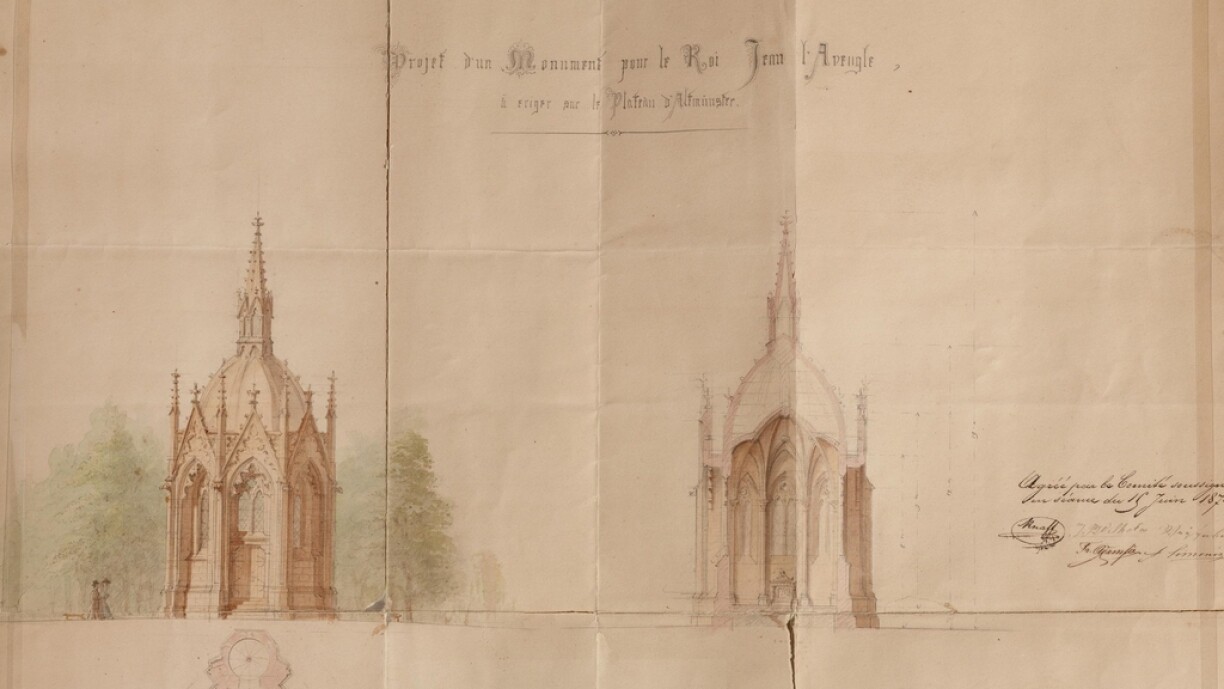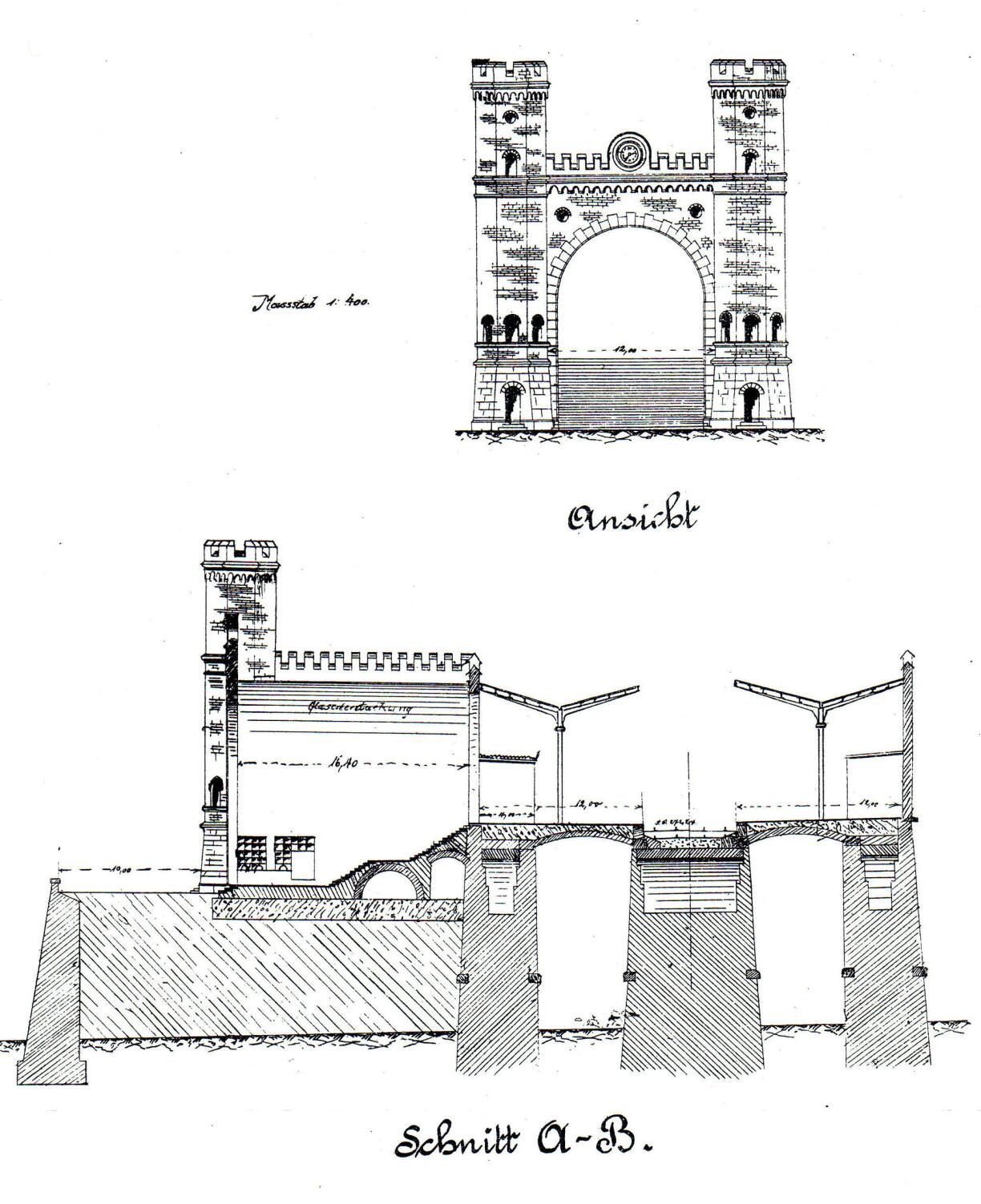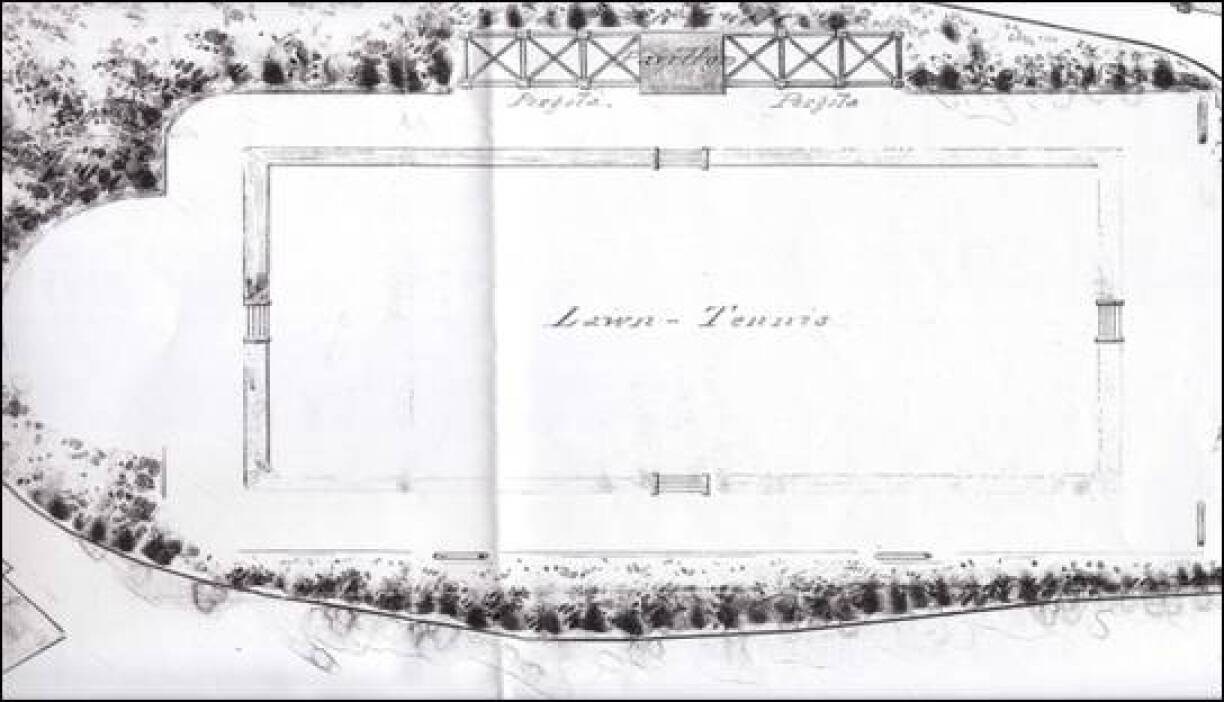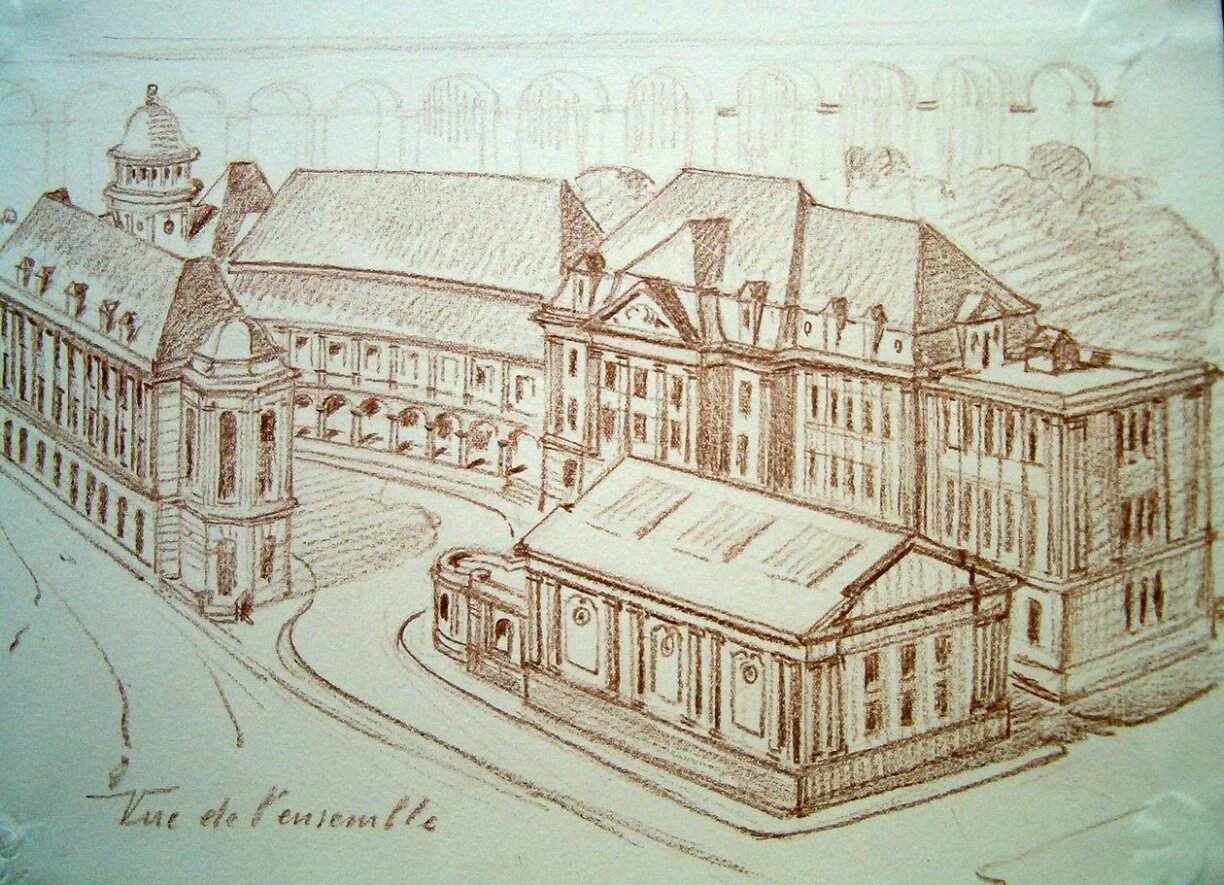
The first major project on the Altmünster plateau dates back 150 years. At the time, the residents of the surrounding neighbourhoods demanded the construction of a railway station.
From the moment that the Nordstrooss (“Northern Road”) project existed, people repeatedly called and proposed plans for the construction of this railway station between 1858 and 1904. The aim was to connect Clausen to the Ville Haute (“Upper City”) and the central station in Hollerich.

The station was planned to be built where the bridge over the Montée de Clausen stands today.
A Benedictine monastery stood on the Altmünster plateau until the 16th century. The fact that the legendary John the Blind was buried at Altmünster Abbey inspired state architect Charel Arendt in 1870 to start working on the plans for a mausoleum for John the Blind on this site. In the end, this idea never progressed beyond the planning stage.
Other ideas for the site included a zoological garden and a facility with tennis courts, a pavilion, and a tower.

After unsuccessful proposals for a national museum at the railway station near the Rose Garden and at Piquet in Ville Haute, some pushed for the project to be realised on the Altmünster plateau instead.
The most ambitious of these plans was put forward in 1919. The new national museum, which would have exhibited the famous Pescatore collection that the municipality of Luxembourg City inherited in the 19th century, would have dominated the entire neighbourhood.

This museum would have connected the whole quarter to the rest of Ville Haute. However, due to the economic crisis in the 1920s, the project had to be abandoned.
The national museum was eventually built at the Fishmarket (Marché-aux-poissons).
Meanwhile, a car park with 46 parking spaces has been built on top of the monastery ruins on the plateau.
Planned, yet never built(1): A National Museum at Rousegäertchen?
Planned, yet never built (2): A cathedral at Glacis?
Planned, yet never built (3): Arcades and a market hall at Knuedler?
Planned, yet never built (4): A museum and library at Piquet?